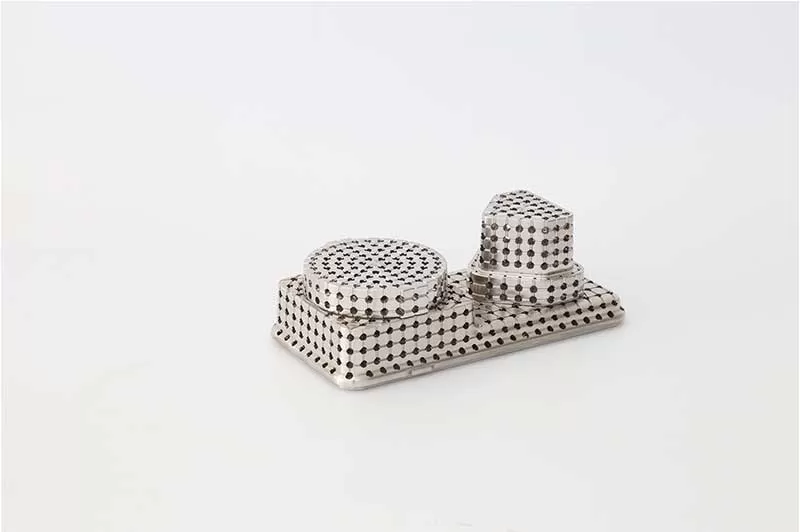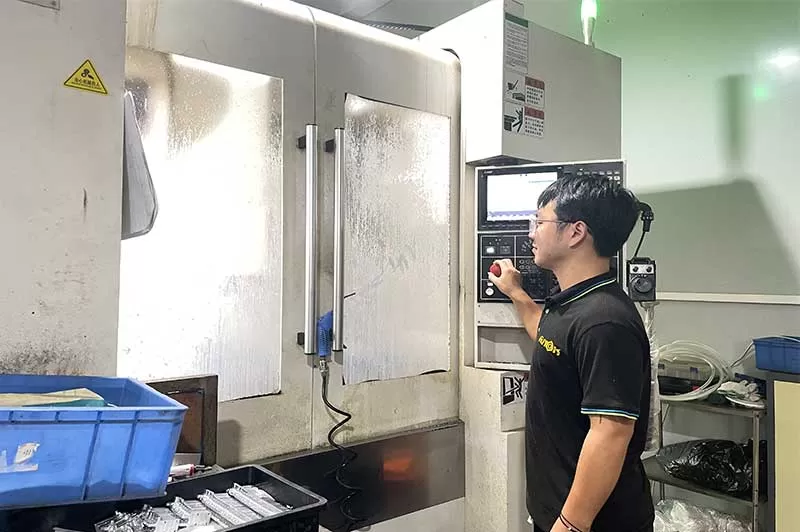Iron is one of the most abundant and versatile metals on Earth, playing a pivotal role in industries ranging from construction to manufacturing. Its unique properties, such as strength, durability, and adaptability, make it indispensable in modern society. This article delves into the various types of iron—wrought iron, cast iron, pig iron, pure iron, and steel variants like carbon steel, stainless steel, tool steel, and alloy steel. Understanding these types is essential for industries like custom machining companies specializing in precise machining and manufacturing, as well as those involved in CNC and precision machining.
Iron is a fundamental element in the periodic table, known for its strength, magnetic properties, and ability to form alloys. It has been used by humans for thousands of years, from ancient tools to modern skyscrapers. Today, iron and its alloys are critical in construction, automotive manufacturing, household items, and advanced machining processes. Its versatility and abundance ensure its continued relevance in industrial and technological advancements.

Characteristics
Low carbon content (less than 0.08%)
Highly ductile and malleable
Resistant to corrosion due to its fibrous structure
Easily welded and forged
Uses
Ornamental structures (e.g., gates, fences, and railings)
Historical restoration projects
Decorative furniture and art pieces
Characteristics
High carbon content (2-4%)
Brittle but excellent compressive strength
Good wear resistance
High melting point
Uses
Engine blocks and machinery parts
Pipes and pipe fittings
Cookware (e.g., skillets and pans)
Architectural elements (e.g., columns and facades)
Characteristics
High carbon content (3.5-4.5%)
Brittle and not suitable for direct use
Primary product of iron smelting
Uses
Raw material for steel production
Manufacturing of cast iron products
Foundry applications
Characteristics
Nearly 100% iron content
Soft and malleable
Low tensile strength
Highly magnetic
Uses
Laboratory experiments
Magnetic cores for electrical devices
Specialized industrial applications
Characteristics
Alloy of iron and carbon (carbon content typically 0.05-1.5%)
High strength and durability
Versatile and customizable
Uses
Construction materials (e.g., beams, rebar, and frameworks)
Automotive components (e.g., chassis, engine parts)
Tools and machinery
Characteristics
Contains chromium (10-20%) for corrosion resistance
High strength and durability
Aesthetic appeal
Uses
Kitchen appliances and utensils
Medical instruments
Architectural structures
Characteristics
High hardness and wear resistance
Contains tungsten, molybdenum, and vanadium
Excellent heat resistance
Uses
Cutting and drilling tools
Molds and dies
Precision machining components
Characteristics
Contains additional elements like nickel, chromium, and manganese
Enhanced strength, toughness, and corrosion resistance
Customizable for specific applications
Uses
Aerospace components
Industrial machinery
High-performance automotive parts

| Type of Iron | Carbon Content | Strength | Ductility | Common Uses |
| Wrought Iron | <0.08% | Moderate | High | Ornamental, decorative |
| Cast Iron | 2-4% | High (compressive) | Low | Machinery, cookware |
| Pig Iron | 3.5-4.5% | Low | Low | Steel production, foundries |
| Pure Iron | ~0% | Low | High | Electrical, laboratory |
| Carbon Steel | 0.05-1.5% | High | High | Construction, automotive |
| Stainless Steel | 0.03-1.2% | High | Moderate | Appliances, medical tools |
| Tool Steel | 0.5-1.5% | Very High | Low | Cutting tools, molds |
| Alloy Steel | 0.1-1.5% | High | Moderate | Aerospace, machinery |
Construction
Iron and its alloys are the backbone of modern construction. Steel beams, rebar, and frameworks provide the structural integrity needed for skyscrapers, bridges, and infrastructure projects.
Automotive Industry
From engine blocks to chassis components, iron and steel are essential in manufacturing durable and reliable vehicles.
Household Items
Iron is found in everyday items like cookware, tools, and appliances, showcasing its versatility and practicality.
Summary of Key Points
Wrought iron is ductile and corrosion-resistant, ideal for decorative and ornamental uses.
Cast iron is strong and wear-resistant, commonly used in machinery and cookware.
Pig iron is a raw material for steel production and foundry applications.
Pure iron is soft and magnetic, suited for specialized applications.
Carbon steel is versatile and durable, making it the go-to material for construction and automotive industries.
Stainless steel offers corrosion resistance and aesthetic appeal, ideal for appliances and medical tools.
Tool steel is hard and wear-resistant, perfect for cutting tools and molds.
Alloy steel provides enhanced properties for high-performance applications in aerospace and machinery.
Final Thoughts on the Importance of Understanding Different Types of Iron
Understanding the properties and applications of different types of iron is crucial for industries like construction, automotive, and CNC and precision machining. For custom machining companies and manufacturers, selecting the right type of iron ensures optimal performance, durability, and cost-effectiveness. By leveraging the unique characteristics of each type, businesses can innovate and excel in their respective fields.
Iron remains a cornerstone of modern industry, and its adaptability continues to drive progress across the globe. Whether you're crafting intricate components or building towering structures, iron's versatility makes it an indispensable material.
